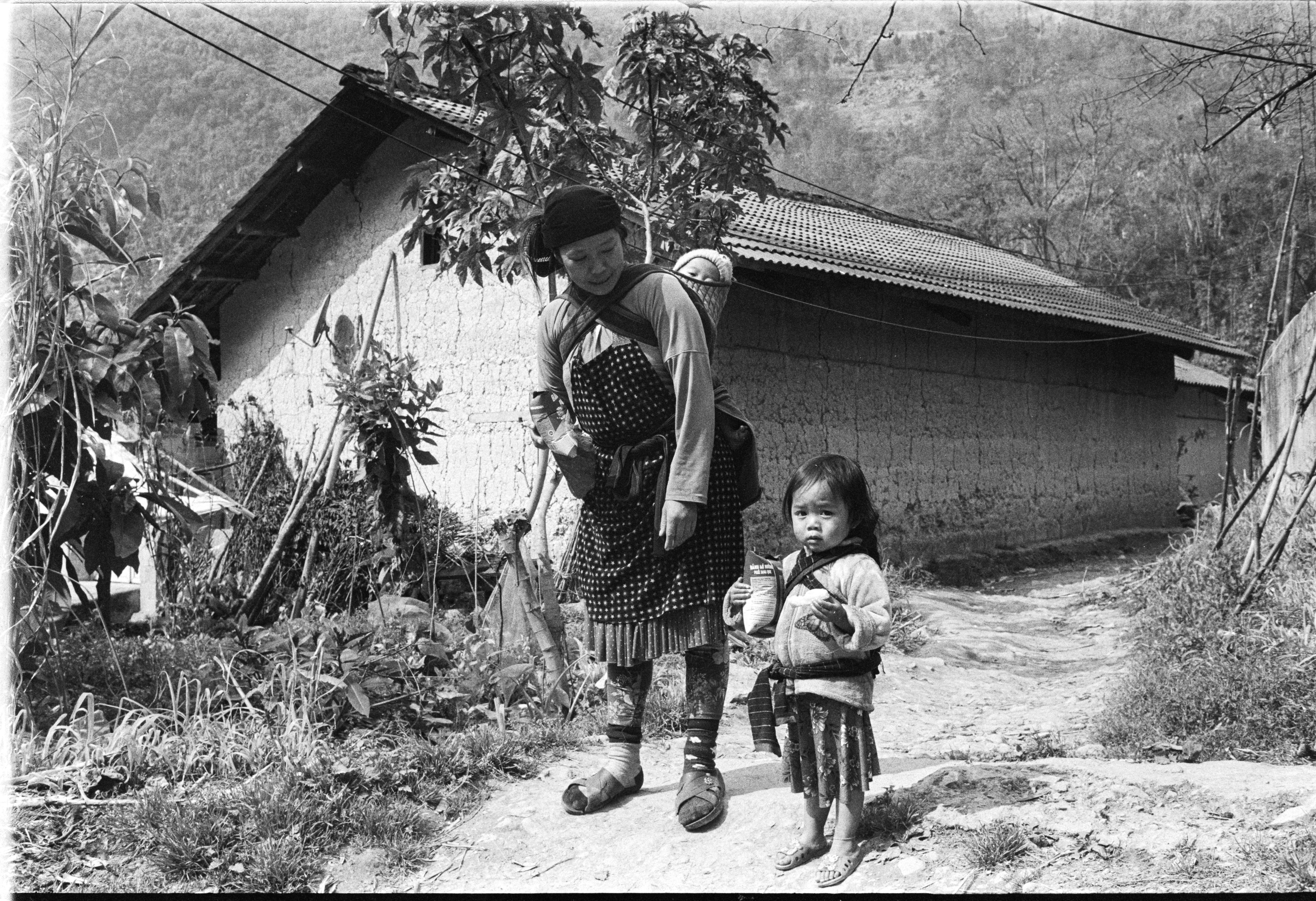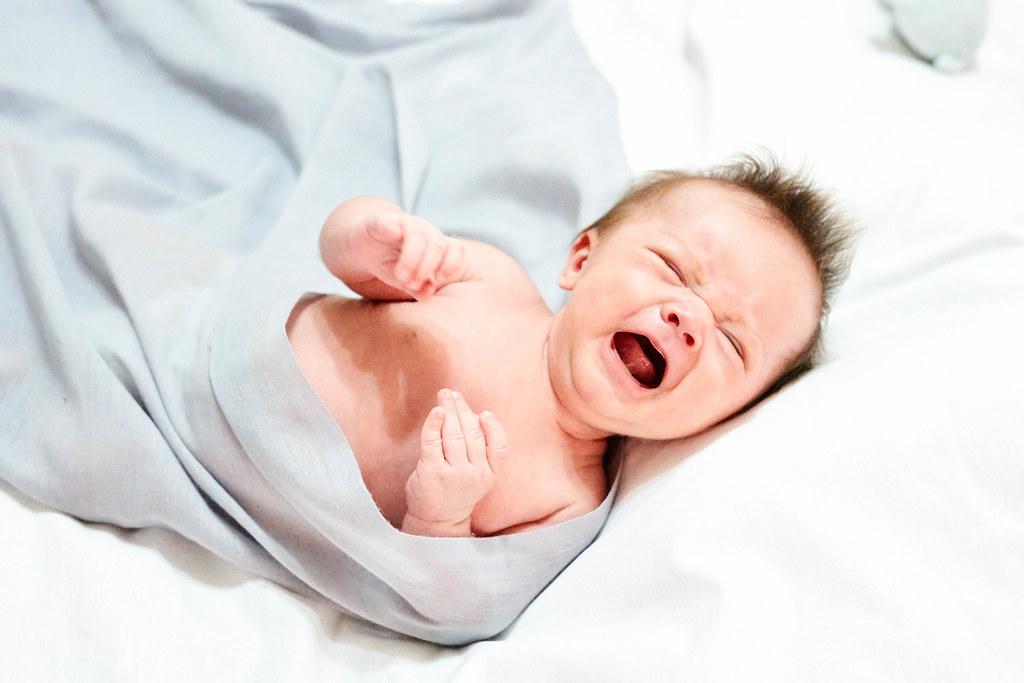When it comes to providing a safe and comfortable sleeping environment for your baby, a bassinet is one of the most popular choices. Bassinets are typically used until a baby reaches around four months old, but when exactly should you switch your little one from the bassinet to a crib? In this article, we’ll explore when babies outgrow bassinets and what other factors you should consider when making the switch.A baby typically outgrows a bassinet by 4-6 months of age or when the baby is able to roll over, push up on their hands and knees, or reach a weight of 15-20 pounds.
Age of Your Baby
One of the most important factors to consider when deciding when to stop using a bassinet is the age of your baby. The American Academy of Pediatrics (AAP) recommends that babies sleep in a bassinet until they are at least four months old, or until they can roll over and move around independently. It is important to note that babies should never be placed in a bassinet before they are four months old, as this could present a suffocation risk.
Size and Weight
Another factor to consider when deciding when to stop using a bassinet is the size and weight of your baby. Most bassinets are designed for babies up to 15 pounds or so, so if your baby exceeds this weight, it may be time to switch them into a crib. Additionally, if your baby begins to outgrow the length of the bassinet, it may be time for them to move into a larger sleeping area.
Comfort Level
Finally, you should also consider the comfort level of your baby when deciding when to stop using the bassinet. If your baby seems uncomfortable or restless in their current sleeping arrangement, it may be time for them to move into a larger space where they can stretch out and move around more freely. Additionally, if you notice that your baby is rolling over or attempting to climb out of their bassinet, it is likely time for them to transition into a crib instead.
Safety Guidelines for Bassinets
It is essential to ensure the safety of your baby when using a bassinet. Always follow the manufacturer’s instructions and check for any recalls before using a bassinet. Be sure to place the bassinet on a flat, stable surface away from windows, curtains and other hazards. Make sure that the mattress fits snugly into the frame of the bassinet, with no gaps between it and the sides of the frame. The mattress should also be firm and not sag in any way. The sides of the bassinet should be high enough to prevent your baby from rolling out.
Check regularly that all parts of the bassinet and bedding are secure and in good condition. Avoid using pillows, quilts or other soft bedding items such as stuffed animals or toys in a bassinet as these can increase suffocation risk. You should also avoid placing loose items such as strings, cords or mobiles near your baby’s face while sleeping in a bassinet, as these can become entangled around your baby’s neck and pose a strangulation risk.
You should never leave your baby unattended in a crib or bassinet as this increases their risk of suffocation or entrapment. If you need to leave your baby unattended, always put them to sleep in their own safe sleeping space such as an infant crib or play yard that meets current safety standards.
Always use straps if provided when using a rocking cradle or carrying basket-type bassinets; never rely on handles alone to keep it stationary while carrying it around with your baby inside. Never carry the bassinet down stairs with your baby inside it, even if you’re wearing straps; always take extra care when handling infant furniture with babies inside them.
Finally, always inspect your baby’s sleeping environment regularly for potential hazards such as loose objects that could present strangulation risks or gaps between mattresses and frames which could lead to entrapment risks. Following these safety guidelines will help you keep your baby safe while they are sleeping in a bassinet.
When Should You Stop Using a Bassinet?
Bassinets are a great way to keep your baby close and provide them with a comfortable sleeping environment, but eventually they will outgrow their bassinet and be ready for a larger sleeping option. The general age range for when you should stop using a bassinet is between 3-6 months, or when your baby starts to roll over.
At 3-6 months old, your baby is likely to be growing quickly and may become too large for the bassinet. When this happens, it’s important to transition them to a larger sleeping space such as a crib or toddler bed. It’s also important to note that bassinets are designed only for use during the first few months of your baby’s life, so it’s important to transition them out of the bassinet as soon as possible.
It is also important to note that it’s not just about size when it comes to transitioning out of the bassinet — there are safety considerations as well. Once your baby starts rolling over, they may accidentally roll out of the bassinet which could lead to injury or even death. For this reason, it is especially important to make sure you transition your baby out of their bassinet in a timely manner.
In general, you should stop using a bassinet around 3-6 months old or when your baby starts rolling over. This will ensure that your baby is safe and secure in their sleep space at all times and can continue getting the restful sleep they need for healthy development.
Signs That It’s Time to Move Your Baby Out of the Bassinet
As your baby grows and develops, you may find that their bassinet has become too small and uncomfortable for them. Knowing when it’s time to transition your baby from the bassinet to a larger sleeping space or crib is important. Here are some signs that indicate it may be time to make the switch:
Your baby is outgrowing their bassinet. As babies grow quickly, they can quickly outgrow their bassinet in size and weight. If your baby seems cramped in their current sleeping space, it might be time to move them into a larger one.
Your baby is rolling over or standing up in their bassinet. Once babies become more mobile, they can roll over or stand up in their bassinets, which can make them feel unsafe and uncomfortable. If your baby is attempting these movements in their sleep, it’s definitely time to move them to a bigger bed.
Your baby is waking up more than usual. If you notice that your little one is waking up frequently in the night or struggling to stay asleep for longer periods of time, this could be an indication that they’re feeling cramped and uncomfortable in their current sleeping space. Making the switch to a crib could help them get back into a better sleep schedule with more restful nights for everyone!

What Should You Do Once Your Baby Outgrows the Bassinet?
Once your baby has outgrown their bassinet, it’s time to start looking for a new sleeping arrangement. This can be an exciting and overwhelming process, as there are many options available. It’s important to consider your child’s age, comfort level, and safety needs when choosing a new sleeping arrangement.
If your baby is under 6 months old and still unable to roll over or sit up on their own, then you may want to consider getting them a crib. Cribs are designed with safety in mind and they provide plenty of room for babies to move around and grow. Make sure the crib has been certified by an organization such as the Juvenile Product Manufacturers Association, as this ensures that it meets strict safety standards.
When your baby reaches about 6 months old and can begin to roll over or sit up on their own, you may want to think about getting them a toddler bed. Toddler beds are smaller than traditional beds and have guard rails on the side for added safety. They also allow your child more freedom of movement while they sleep.
If you’d like something more versatile, then you may want to look into getting a convertible crib or toddler bed. These beds can transition from a crib into a toddler bed as your child grows and develop motor skills. They also come in different sizes so you can adjust them based on your child’s age and size.
No matter what type of bed you choose for your baby, always make sure that it meets current safety standards and is suitable for their age and size. Take the time to research different types of beds before making a purchase so that you can make the best choice for your family.
How Long Can Babies Sleep in a Bassinet?
Babies can sleep in a bassinet safely for the first few months of their life. Bassinets provide an ideal sleep environment for newborns as they are small, lightweight, and often have adjustable heights to make it easier for parents to reach their baby. Additionally, because they are low to the ground and easy to move around, bassinets are perfect for co-sleeping situations.
It is generally recommended that babies sleep in a bassinet until they are five months old. However, this varies depending on the size of your baby – if your child has outgrown the bassinet before this age then it is time to transition them into a crib. Be sure to check the height and weight limit of your bassinet before using it and always follow manufacturer instructions when setting up your bassinet.
Bassinets should be placed in an area free from pillows, blankets, toys, or other items that could cause suffocation or entrapment hazards. The mattress should also be firm and fit snugly against all sides of the bassinet without any gaps larger than two fingers width. Be sure that any bedding is light-weight so that it won’t cover your baby’s face or head.
When transitioning your baby out of a bassinet, it is important to create a safe sleeping environment in their new crib as well. Make sure the mattress fits snugly against all sides with no gaps larger than two fingers width and use only thin bedding such as fitted sheets and light blankets when necessary. Finally, be sure to remove any pillows or stuffed animals from the crib before placing your infant inside.
Overall, babies can safely sleep in a bassinet until they are five months old but you should always consider your child’s individual size when making this decision. Additionally, ensure that you create a safe sleeping environment both within the bassinet and within their new crib when transitioning them out of the former setup.
Advantages of Keeping Your Baby in the Bassinet Longer
The bassinet is an ideal choice for newborns as it keeps them safe and comfortable. Keeping your baby in the bassinet longer can provide several benefits, such as helping to promote bonding, providing a secure sleep environment, and ensuring that your baby gets adequate rest.
Bonding with your baby is an important part of parenting. Spending time together in the bassinet helps create a strong bond between parent and child. Being close to your baby allows you to observe their behavior and learn their needs better, so that you can respond more quickly and appropriately.
A bassinet also provides a secure sleep environment for your baby. It is designed to keep them safe while they sleep, with sides that are high enough to prevent them from rolling out. The mattress is firm enough to provide support but soft enough for comfort, ensuring that your baby gets a good night’s rest.
Keeping your baby in the bassinet longer also ensures that they get sufficient rest throughout the day and night. Babies need around 16-18 hours of sleep each day, so having a secure place where they can sleep safely is essential for their wellbeing.
In addition, using a bassinet can help keep your baby in one place at night instead of having them move around frequently which can disrupt their sleep cycle. This allows you to keep track of their sleeping patterns more easily and intervene if necessary.
Overall, using a bassinet has numerous advantages when it comes to caring for your newborn baby. It provides a secure sleep environment which promotes bonding between parent and child while ensuring that they get adequate rest throughout the day and night.

Conclusion
Baby outgrowing a bassinet is a common occurrence and should not be taken too seriously. Generally, babies outgrow bassinets between three and six months of age, but this can vary depending on the individual baby and the size of the bassinet. Parents should be aware of the size of their baby’s bassinet and other safety considerations to ensure their baby is comfortable and safe while using it. When in doubt, it is always best to consult a pediatrician about when it is time for your baby to graduate from the bassinet and move on to a crib or toddler bed.
Ultimately, parents should use their best judgment when deciding when their baby has outgrown their bassinet. If you feel that your child has reached this milestone or if they are exhibiting signs that indicate they are ready for the next stage, then it may be time to make the switch. It is important for parents to take into account both safety concerns and comfort levels when making this decision in order to ensure that their little one will have a safe and comfortable sleeping experience.




